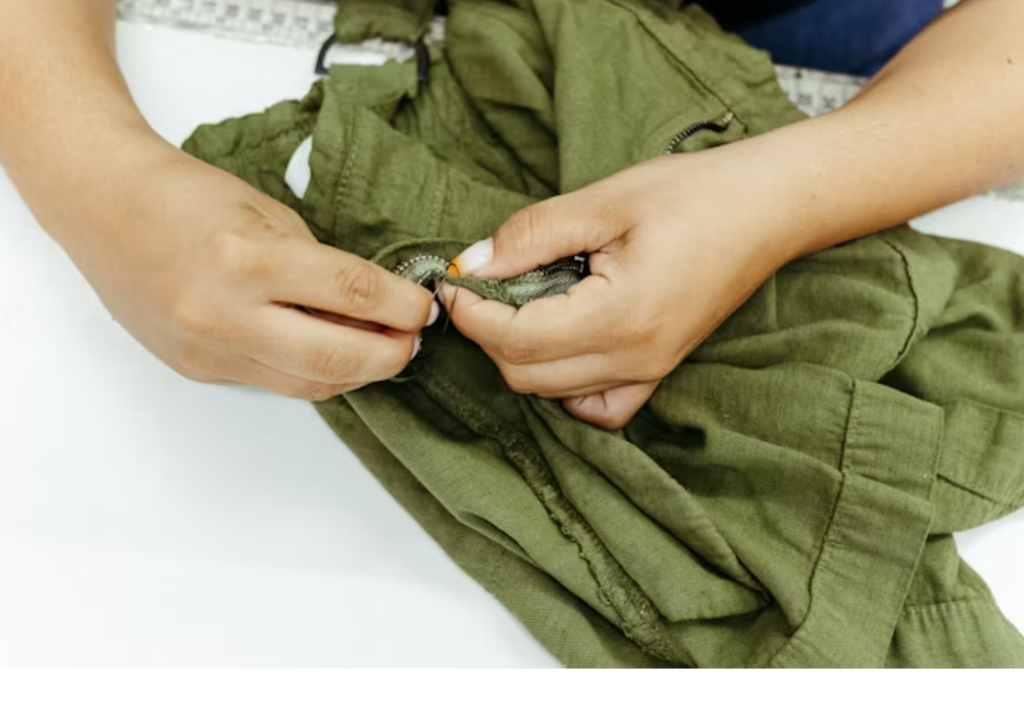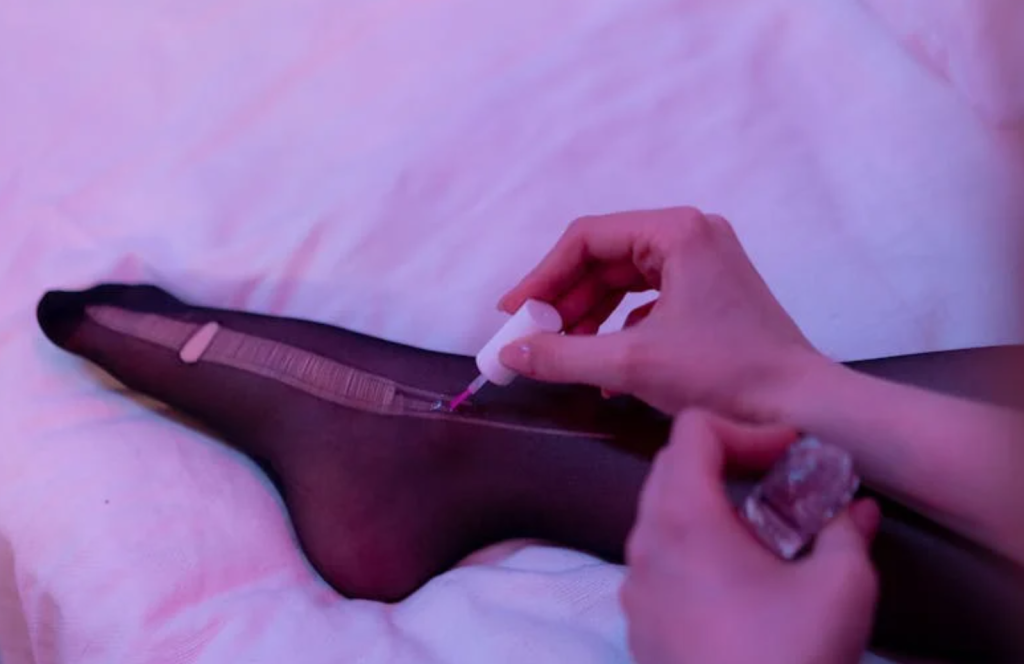Introduction
Ever had one of those days when your favorite shirt tears just before an important meeting, or your brand-new dress gets a stain that feels like a disaster? Don’t panic! Quick wardrobe fixes like emergency sewing and stain removal can be your lifesaver. These handy skills not only help you salvage your outfit, but they also save time and money. In this article, we’ll dive into the essentials of emergency sewing and effective stain removal techniques to ensure you’re always prepared when fashion emergencies strike.
Common Wardrobe Malfunctions and Stains
Wardrobe malfunctions and stains are all too common, but they don’t have to ruin your day. Some of the most frequent issues include:
- Ripped seams and hems: A tear in your favorite blouse or a fallen hem can leave you scrambling for a quick fix.
- Button problems: Lost buttons or loose ones are frequent annoyances.
- Stains: Coffee spills, red wine splashes, and ink marks seem to appear at the worst possible times.
These issues don’t need to send you into a panic. Instead, a few quick fixes can keep you looking stylish and put-together.
The Essentials of Emergency Sewing
Having a small sewing kit with you can be a game-changer. You don’t need to be a professional tailor, just a few basic tools can help you handle common clothing issues. Here’s what you’ll need in your emergency sewing kit:
- Needle (preferably with a variety of sizes)
- Thread in neutral colors (black, white, and beige work well)
- Scissors
- Safety pins (in case you need a quick fix before you can sew properly)
- Small buttons, a needle threader, and fabric glue
Quick Stitch Techniques for Emergency Repairs
Here are some basic stitches you can master quickly for any emergency wardrobe repairs:
- The whip stitch: Ideal for hemming or closing up small holes. This stitch is fast and works great when you need a quick, temporary fix.
- The backstitch: This stitch creates a stronger seam, making it perfect for larger tears or areas that experience more stress, like armpits or crotches.
- Securing a button: If your button has fallen off, don’t worry. You can secure it with just a few stitches. Align the button with the fabric, sew through the buttonholes several times, and tie it off tightly.
With these simple techniques, you’ll be able to sew up tears, hems, and buttons quickly and efficiently, saving you from a wardrobe disaster.

Stain Removal: A Step-by-Step Guide
Stains are often unavoidable, but the key to preventing them from ruining your outfit is quick action. Here’s how to handle different types of stains:
- Identify the stain: The first step is to determine what caused the stain. Is it oil, coffee, ink, or something else? The type of stain will dictate how you treat it.
- Blot, don’t rub: Always blot the stain with a clean cloth to absorb as much of the liquid as possible. Rubbing can push the stain deeper into the fabric.
Tackling Different Types of Stains
- Oil and grease stains: Dab a little dish soap directly onto the stain and let it sit for a few minutes before washing. The soap breaks down the grease, making it easier to remove.
- Red wine stains: Quickly pour salt on the stain to absorb the wine, and then blot gently with a cloth. Afterward, apply some white wine or vinegar to neutralize the stain.
- Ink stains: Ink can be tricky, but using rubbing alcohol on a cotton ball can help lift the stain. Apply gently and blot.
Homemade Remedies for Stain Removal
You don’t always need expensive stain removers. Here are some household items that can work wonders:
- Vinegar and baking soda: A mix of vinegar and baking soda can tackle stubborn stains, especially on fabrics like cotton. Simply apply the paste to the stain, let it sit, then wash as usual.
- Dish soap and water: Sometimes, all you need is a little dish soap and water to treat a fresh stain. This combo works well on many stains, from grease to food spills.
Tools and Products to Keep in Your Emergency Kit
While emergency sewing and stain removal can often be handled with household items, there are a few products that can make these tasks even easier:
- Travel-sized stain removers: These are handy for when you’re on the go and need a quick fix.
- Needle, thread, and scissors: These basic sewing tools can help you handle any rips, tears, or loose hems that might pop up.
How to Prevent Wardrobe Malfunctions in the Future
While quick fixes are helpful, prevention is always better than cure. Here are some tips to keep your wardrobe in good shape:
- Regular maintenance: Check for loose buttons, fraying hems, or small holes before they become big problems.
- Stain-proofing your clothes: Use fabric protectors or sprays that make stains less likely to set.

Conclusion
No one wants to deal with a wardrobe malfunction or a stain, but life happens. The good news is that with a little preparation, you can easily manage these hiccups. By keeping a basic sewing kit and knowing a few stain removal tricks, you’ll be able to handle most fashion emergencies with confidence. So, next time disaster strikes, you’ll be ready to save the day!
FAQs
- How do I fix a popped button on my shirt? Simply align the button with the fabric, sew through the buttonholes several times, and tie it off tightly.
- Can I remove ink stains from white fabric? Yes! Use rubbing alcohol on a cotton ball to gently blot the ink stain. It works wonders on fresh ink stains.
- What’s the best way to sew a tear in denim? Use a backstitch for a stronger repair, and make sure to sew over the tear multiple times for added durability.
- How do I prevent stains from setting into my clothes? Act quickly! Blot the stain and treat it with a stain remover before washing. The sooner you act, the better your chances of removing the stain.
- What emergency items should I keep in my wardrobe for repairs? Keep a small sewing kit with needles, thread, and scissors. A travel-sized stain remover and safety pins are also helpful for quick fixes.
4o mini


